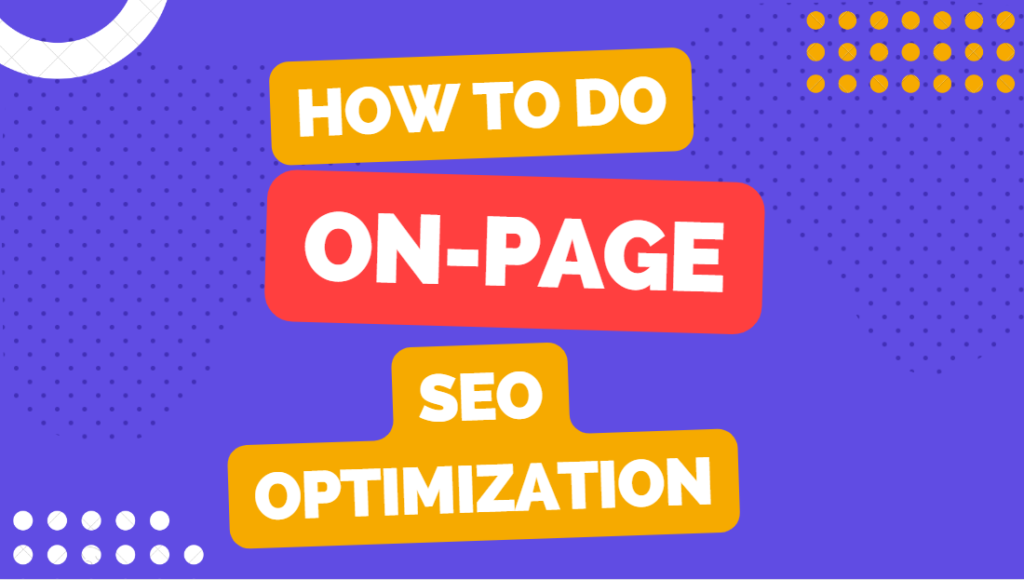
On-page SEO. On-page SEO, also known as on-site SEO, refers to the optimizations that you can make on your website to improve its visibility and ranking on search engine result pages (SERPs). These optimizations include the use of keywords, meta tags, and other elements that are within your control to improve your website’s search engine visibility. In this article, we will discuss what on-page SEO is, why it’s important, and how to do it effectively.
1. What is On-Page SEO?
On-page SEO is the process of optimizing individual web pages in order to rank higher and earn more relevant traffic in search engines. The on-page elements that you can optimize include the content and structure of your website, such as the title tags, meta descriptions, header tags, and images. On-page SEO also includes optimizing your website’s internal linking structure, as well as the URLs and file names of your web pages.
2. Why is it Important?
On-page SEO is important because it allows you to optimize your website for specific keywords that are relevant to your business. This helps search engines understand what your website is about, and how it should be ranked in relation to other websites in the search results. Additionally, by optimizing your website’s on-page elements, you can improve its overall user experience, which can lead to higher engagement, conversions, and ultimately increased revenue.
3. How to Do it?
To do on-page SEO effectively, you should follow these best practices:
- Use keywords in your title tags and meta descriptions: These tags should accurately reflect the content on your website, and should include relevant keywords to help search engines understand what your website is about.
- Optimize your content: Your website’s content should be relevant, useful, and high-quality. Make sure to include relevant keywords throughout your content, but avoid keyword stuffing.
- Use header tags (H1, H2, H3) appropriately: Header tags help to organize your content and make it easier for users and search engines to understand the structure of your website.
- Optimize your images: Make sure to use descriptive, keyword-rich file names for your images, and include alt tags to describe the image.
- Use internal linking: Internal linking helps search engines understand the structure of your website and how different pages are related.
- Optimize your URLs: Make sure your URLs are short, descriptive, and include relevant keywords.
- Monitor your website’s performance: Use tools like Google Analytics to track your website’s traffic, bounce rate, and conversion rate. This will help you identify areas for improvement and make adjustments as needed.
In conclusion, on-page SEO is an essential aspect of search engine optimization. By following best practices for optimizing your website’s on-page elements, you can improve your website’s visibility and ranking on SERPs, and ultimately drive more relevant traffic to your site.





